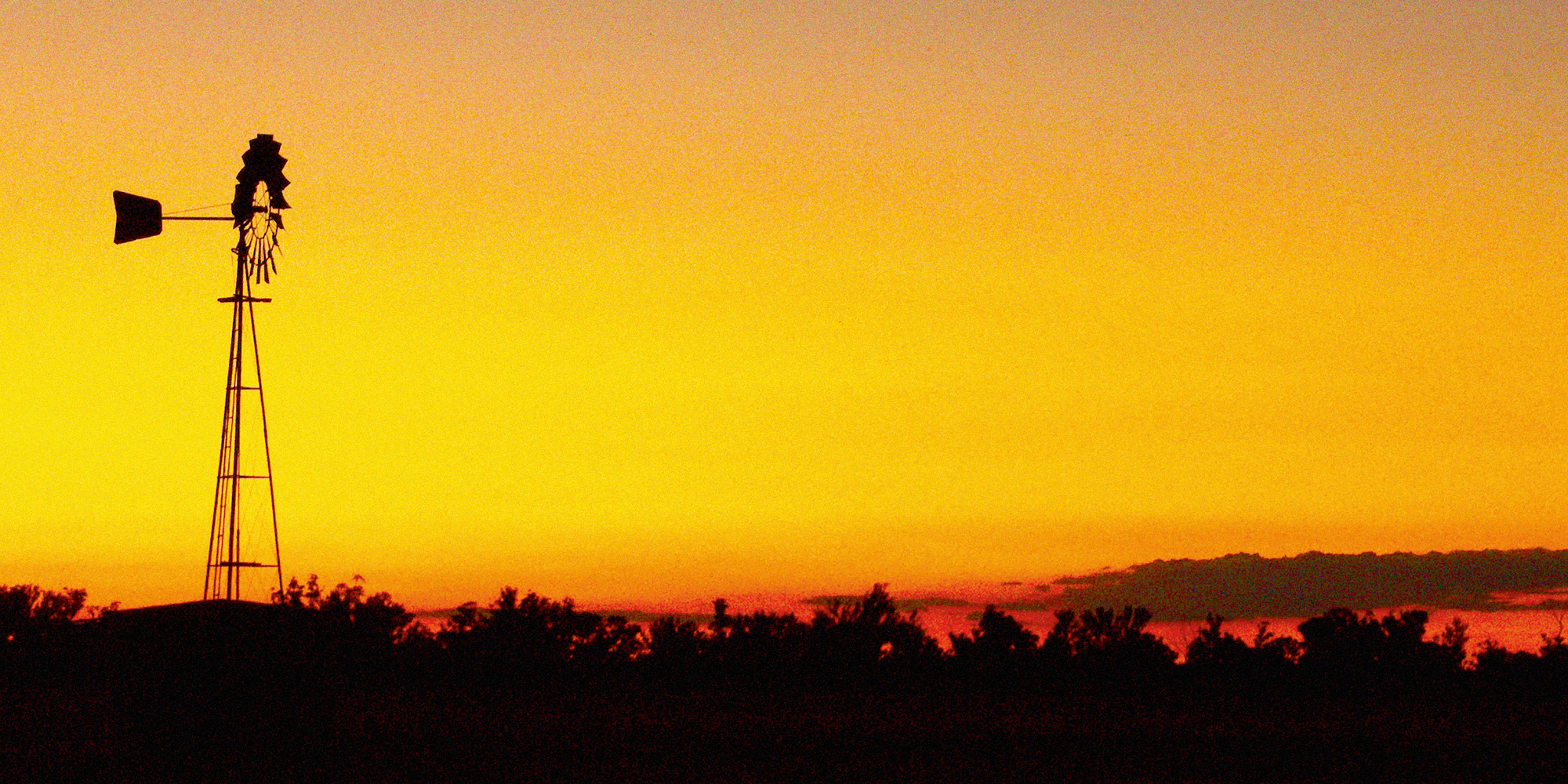
Walkley Foundation CEO, Shona Martyn
On a day with so many big national stories, it was tremendous to focus on rural and regional journalists with so many thoughtful and skilled practitioners.
There is no doubt that journalism is facing many crises; but equally today confirms that there is no lack of commitment and ideas about how to move forward.
I would like to thank brave Lisa Millar from ABC News Breakfast who faced huge technical difficulties as our MC. It is no surprise that Lisa still managed to ask some of the day’s toughest questions with a smile.
I would also like to thank the many panellists who were transparent, insightful and generous in their contributions. And the chairs of the panels and journalists who joined in with questions that yielded much food for thought.
Most of all, thank you to our audience for watching, for all the questions and comments in the chat, for the insights and thoughts shared on Twitter.
At the Walkley Regional Journalism Summit we took the pulse of regional journalism in Australia. What did we learn? We’ve heard today about the challenges painted by the data, but there’s also experimentation and opportunity in the form of new business models, government grants, philanthropic support and new innovative business models that combine funding from large organisations with community co-funding.
Above all, what we can take away from today is the sheer love and passion that so many of us have for regional journalism.
Our colleagues from the US, Evan Smith from the Texas Tribune and Tim Marema from the Daily Yonder, gave us sage advice on how to tackle mistrust of media in regional communities and how to win trust of local audiences, and to report freely and fairly while protecting your integrity.
The PIJI panel taught us that regional journalism is being rebirthed by philanthropy and that this model has proved successful in the US with NewsMatch, and could be applied to funding Australian newsrooms. So could impact funds that have launched in the UK such as Public Interest News Foundation (PINF).
Finding the right funding mix for regional journalism is a complex picture and can evolve over time, from government funding and large news organisations to local communities co-funding news startups. Panellists on the Heartbeat of the Community panel showed us that having a local presence in a regional community is essential to connect journalists with the stories that matter.
Regional news outlets are more than just ‘the daily rag’ – they can help community progress by running campaigns and organising events on their behalf, and play an essential role in co-ordinating efforts in emergency situations such as bushfires or floods.
However, in Australia as in the US, increasing mistrust in the media is a very real issue and affects the lives of locally-based reporters who rely on personal relationships and trust to bring stories to audiences.
Our industry panel shone a light on how regional newsrooms are running a “two-horse race” serving traditional print and free to air audiences while adopting new digital models to serve younger consumers. For some, the daily evening news TV bulletin is the main way to reach audiences, while others realise the need to experiment with newer technologies like TikTok.
We have taken a deep dive into the minds of Australian regional news consumers with Kirsty Hess’ audience research and Simon Crerar’s Community News Model research with the University of Canberra.
We have learned about the challenges regional journalists face in covering their communities from the MEAA survey – multitasking with print/digital and broadcast, access to technology, working extra hours.
And we have learned from those on the frontline in the regions that a career in regional journalism can be a “destination not a journey”. Several panelists, particularly Kirsty Hess, of Deakin University showed us how to attract more university graduates to regional journalism, and who’s investing in cadetship opportunities. How to tackle the stigma of regional areas “geographic narcissism”.
Clearly, regional journalism does face considerable challenges in the face of news outlet closures and a lack of funds for training, but there are many reasons to be optimistic.
Since the mass closures in 2020, investment dollars have been slowly but steadily pouring into the sector. There are government funding programs like the PING. And more recently tech companies like Facebook and Google have started to play a more active role in helping to accelerate the next wave of start-up businesses – Google’s Project Kookaburra and Facebook’s Australian News Fund as discussed by representatives from those organisations and on a number of panels today.
And brace yourselves for the next wave of rural and regional startups. They may be based in remote and far-flung areas, but they have innovative business models and a sophisticated way of capturing the stories that are worth telling to local, regional and national models.


